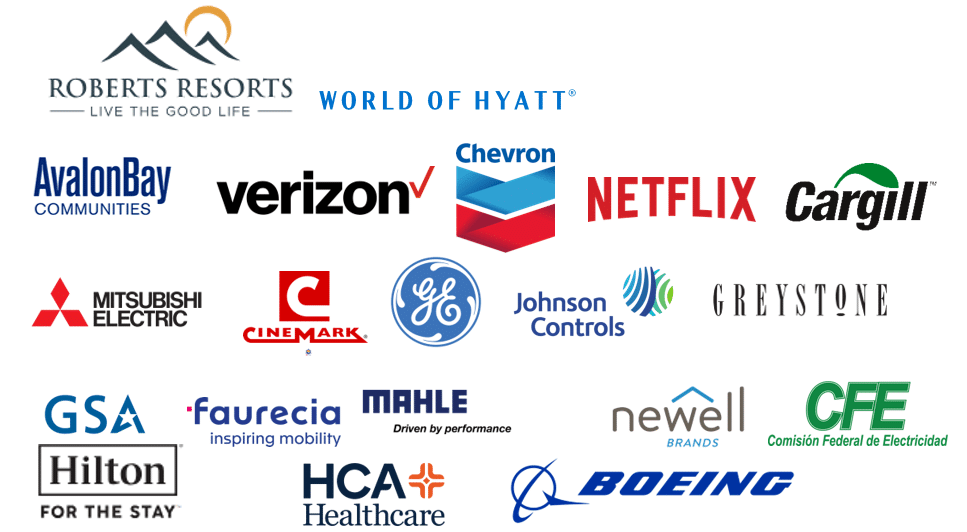- Trusted Advice
- Valued Services
- Proven Results
Smarter, Simpler Electricity Monitoring for RV Parks & Campgrounds
Vutility
Smart Electricity Monitoring for Smarter Campground Operations
Vutility offers real-time smart electricity monitoring tailored for campgrounds, helping operators gain precise insights into energy usage across sites and amenities. By tracking consumption at a granular level, Vutility empowers owners to reduce utility costs, identify inefficiencies, and improve overall energy management—leading to smarter operations, increased profitability, and a more sustainable guest experience.

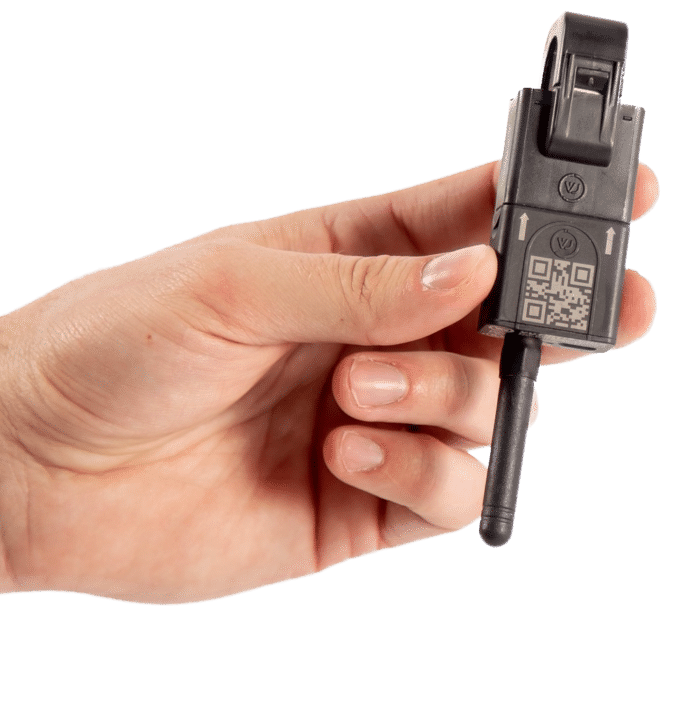
Revolutionizing RV Park Electricity Management: Accurate, Affordable, Smart
Discover how Vutility is transforming the way RV Parks & Campgrounds monitor and manage electricity. With an Easy-to-install solution, No recurring monthly monitoring fees, and Real-time Revenue grade precision Vutility’s HotDrop & VoltDrop empowers RV Park operators to take control of their site electricity usage. Whether you’re looking to increase revenue, bill guests accurately, or increase profitability, Vutility makes site submetering easy and hassle-free. Say goodbye to ugly meters and expensive hidden costs, and hello to smarter, more efficient campground operations.
Submetering Made Easy –
No Hassle, No Downtime
Easily track energy use at individual campsites without the expense and hassle of costly infrastructure upgrades or downtime. The HotDrop installs in seconds and works with old and new pedestals and electric boxes. No new meters or rewiring needed.
Save Big with No Recurring Fees
Every other campsite submetering solution we know of requires thousands of dollars in yearly fees for software and data access. These fees never end. Vutility offers RV Parks data at no additional cost, for the life of the device. Say goodbye to expensive subscription fees and hello to long-term savings.
Revenue Grade Accuracy
The HotDrop & VoltDrop provide real-time, minute-by-minute electricity insights with over 99.5%+ accuracy. Vutility devices have been independently tested in certified laboratories, meet revenue grade criteria, and exceed ANSI standards. This allows you to bill guests fairly, manage resources efficiently, and boost profitability.
Ready to Simplify Your Campground’s Electricity Management?
Take the first step toward smarter, more profitable operations with Vutility’s HotDrop. Contact us today to learn how you can reduce costs, improve efficiency, and enhance your guests’ experience—all with an easy-to-install, no-fee solution.
Electricity Submetering Solutions
The most successful campground operators know their expenses, and recognize controlling electricty costs contribute significantly to the bottom line.
Different size RV’s have different power requirements.
The average RV uses 20 kWh per day, comparable to many apartments, and can be significantly higher during hot or chilly weather.
Most campsite rentals include electricity with 50/30/20 amp service as part of the site fee. Campsite electricity usage varies depending on the size of RV and equipment used. A popup camper, might only have a single LED light, while a motor coach may have multiple air conditioners, TVs, kitchen appliances, a washer/dryer, and more—all while paying the same rate!
This variability significantly impacts profit margins, especially as electricity costs continue to fluctuate.
Featured On

“Vutility proves to be the most cost-efficient solution available in the market.”

“Total cost of ownership up to 90% lower than that of competing metering devices.”

“A key feature of both Vutility solutions is their instant and effortless installation”

“Another of Vutility’s unique features is wireless operation, no batteries necessary.”

“HotDrops harmonically harvest power from the circuits being monitored.”

“Vutility is up to 90% less expensive from a data gathering and installation perspective.”
Reliable, Long-Range Communication for Seamless Electricity Monitoring
The HotDrop communicates using a LoRaWAN (Long-Range-Wide-Area-Network) gateway, delivering signals stronger and much longer distances than other protocols such as Wi-Fi. Indoor and outdoor gateways are available. Gateways can connect via an Ethernet connection or LTL Cellular service.
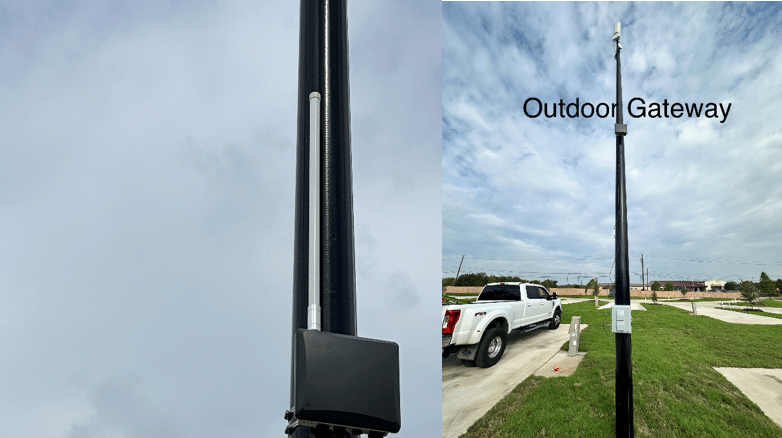
Why Vutility?
Vutility is transforming the way campgrounds and RV parks manage energy. Traditional electricity submetering solutions often come with high costs, complex installations, and lifetime subscription fees that prevent operators from taking control of their electricity usage. That’s where Vutility stands out.
Effortless Installation
The patented HotDrop and VoltDrop solution installs in seconds without the need for rewiring, new meters, or costly infrastructure upgrades. Vutility works with any pedestals, saving time and money. If you have older pedestals without meters, that is fine too.
No Recurring Fees
Unlike other systems that require expensive subscriptions for monitoring data access, Vutility offers lifetime data without any ongoing fees. This means huge cost savings and a fast return on investment.
Real-Time, Accurate Data
Gain access to granular, up-to-the-minute insights on electricity usage at each site. With 99.5%+ accuracy. You will have the information you need to make smart decisions about billing, resource allocation, and electricity conservation.
Scalable for Any Operation
Whether you manage a single RV park or a network of campgrounds, Vutility’s electricity submetering solutions scale effortlessly to meet your needs. Monitor remotely one pedestal or thousands—it’s entirely up to you.
Trusted Performance
Backed by over 20 international patents and years of industrial use in some of the harshest environments, Vutility’s HotDrop is a proven solution trusted by campground operators, developers, and commercial businesses across the globe.
With Vutility, you’re not just monitoring electricity—you’re unlocking a smarter, simpler, more efficient way to run your campground. From reducing operational costs to creating a fair and transparent billing system for your guests, Vutility empowers you to take control of your electricity management.
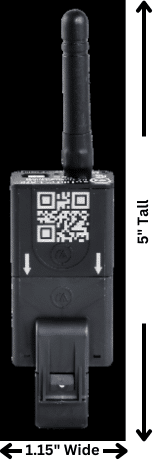
Every smart metering company we know of charges monitoring data fees! Fees have been the largest roadblock for developers considering installing smart electricity monitoring systems. After you purchase meters, your property is locked into a continual subscription service, FOREVER! And while the competition will tell you the monitoring cost is only 18 cents per day, these fees are very expensive and come right off your operations bottom line profits. View typical fees below:
- A 100-site RV park will spend over $66,000+ in fees after 10 years.
- A 250-site RV park will spend over $165,000+ in fees after 10 years.
- A 550-site RV park will spend over $363,000+ in fees after 10 years.
With Vutility, you avoid these excessive fees entirely— zero hidden fees for the life of the Vutility devices. Now that is Smart electricity monitoring!

“HotDrops are stupid easy to install and make scaling simple!”
~ Cian O’Flaherty, CEO, Safecility
“Vutility’s devices have been a game-changer for our RV park! The HotDrops are absolutely fabulous—I can’t believe we used to charge a flat fee for electricity. Having real-time insights into energy usage has transformed the way we operate, and I can’t imagine ever going back to the old way. We were crazy not to make this switch sooner!”
~ Allison
HotDrops are easily installed with just a click of the latch.
View Our Eleven Second Installation Video Below. Easy!
When it comes to installation the Vutility monitoring system is the most flexible electricity management system available. If you have existing meters in your pedestals, you can keep them or remove them, the choice is yours. If your campsites have older pedestals or electric boxes that do not have a meter you are ready to go.
NO Ugly Meters Required!
Say goodbye to bulky, outdated, and unattractive electric meters cluttering your campground. Vutility’s HotDrop is a sleek, compact device—about the size of a credit card—that fits discreetly inside any pedestal or electric box without altering its appearance. There’s no need to mount external meters or run unsightly cables. Whether you’re upgrading old infrastructure or outfitting a brand-new site, Vutility keeps your campground looking clean and modern while delivering powerful, real-time electricity monitoring.
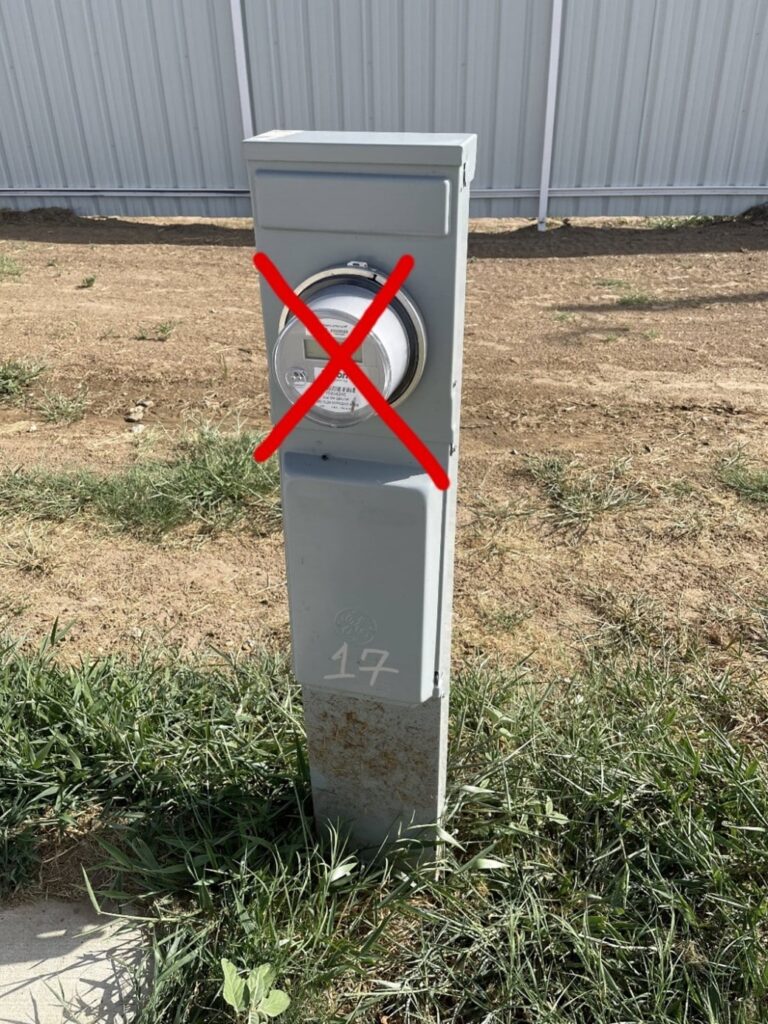
Since 2016, Vutility has helped some of the world’s leading companies— including Chevron, Exxon, Shell, Johnson Controls, HCA Healthcare, Hilton and Hyatt Hotels, Boeing, GE, and Cargill—achieve up to 90% savings compared to traditional submetering solutions. With over 20 U.S. and international patents, Vutility delivers unmatched energy data visibility, empowering businesses to optimize electricity consumption efficiently.
For more information about Vutility’s campground solutions, contact Vutility Ambassador David Cohen at (800) 897-8836 Ext. 701.
